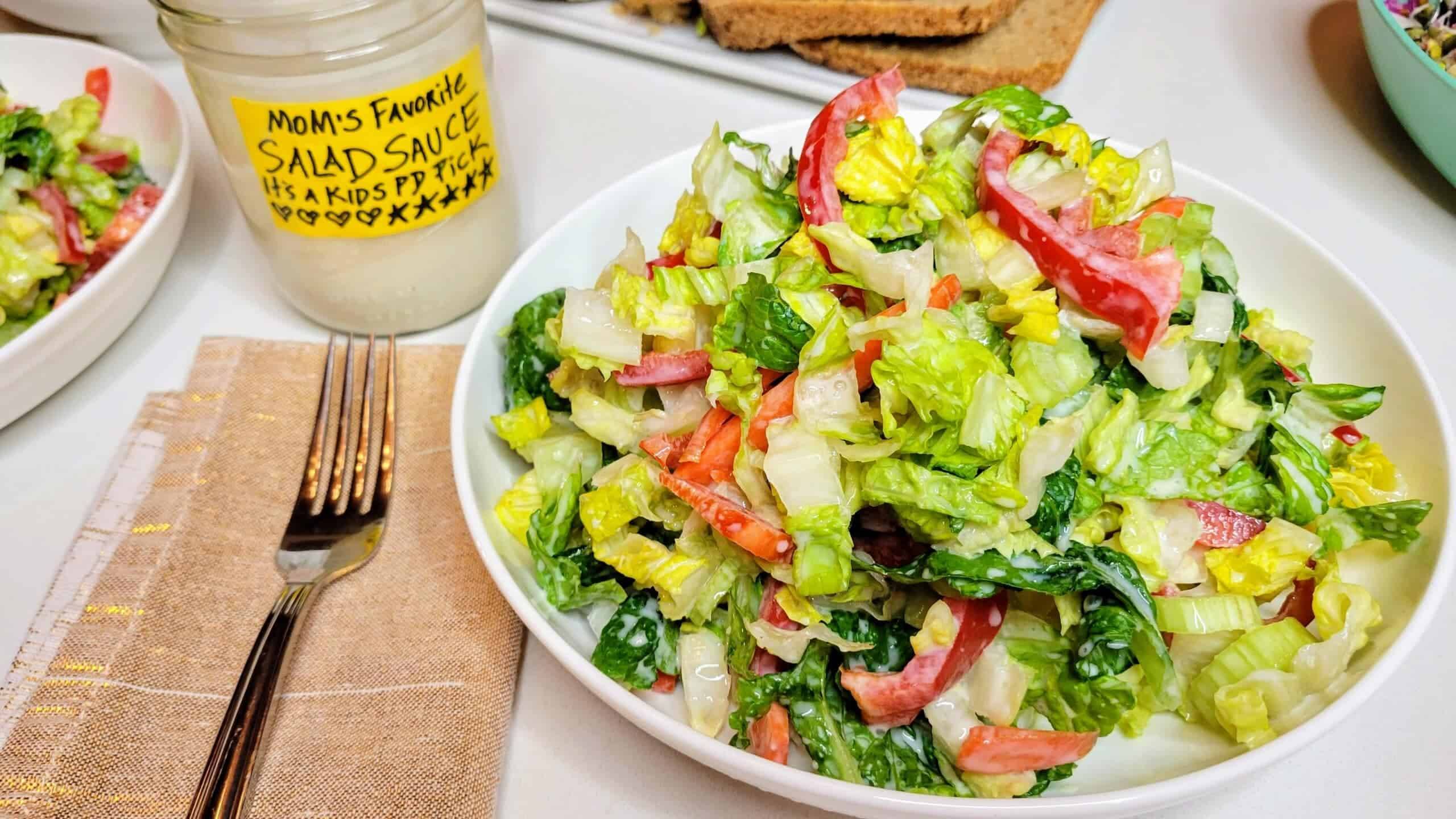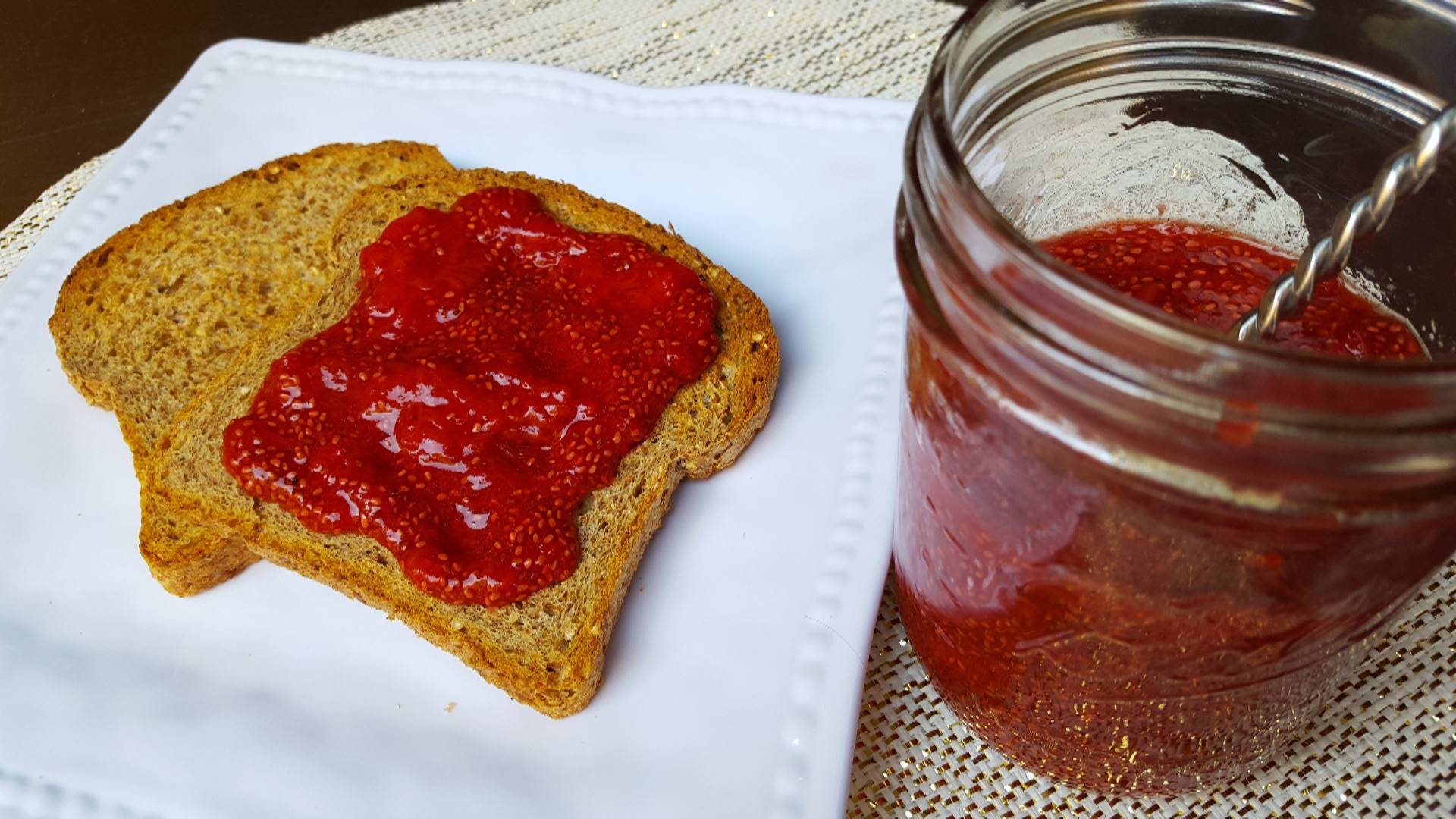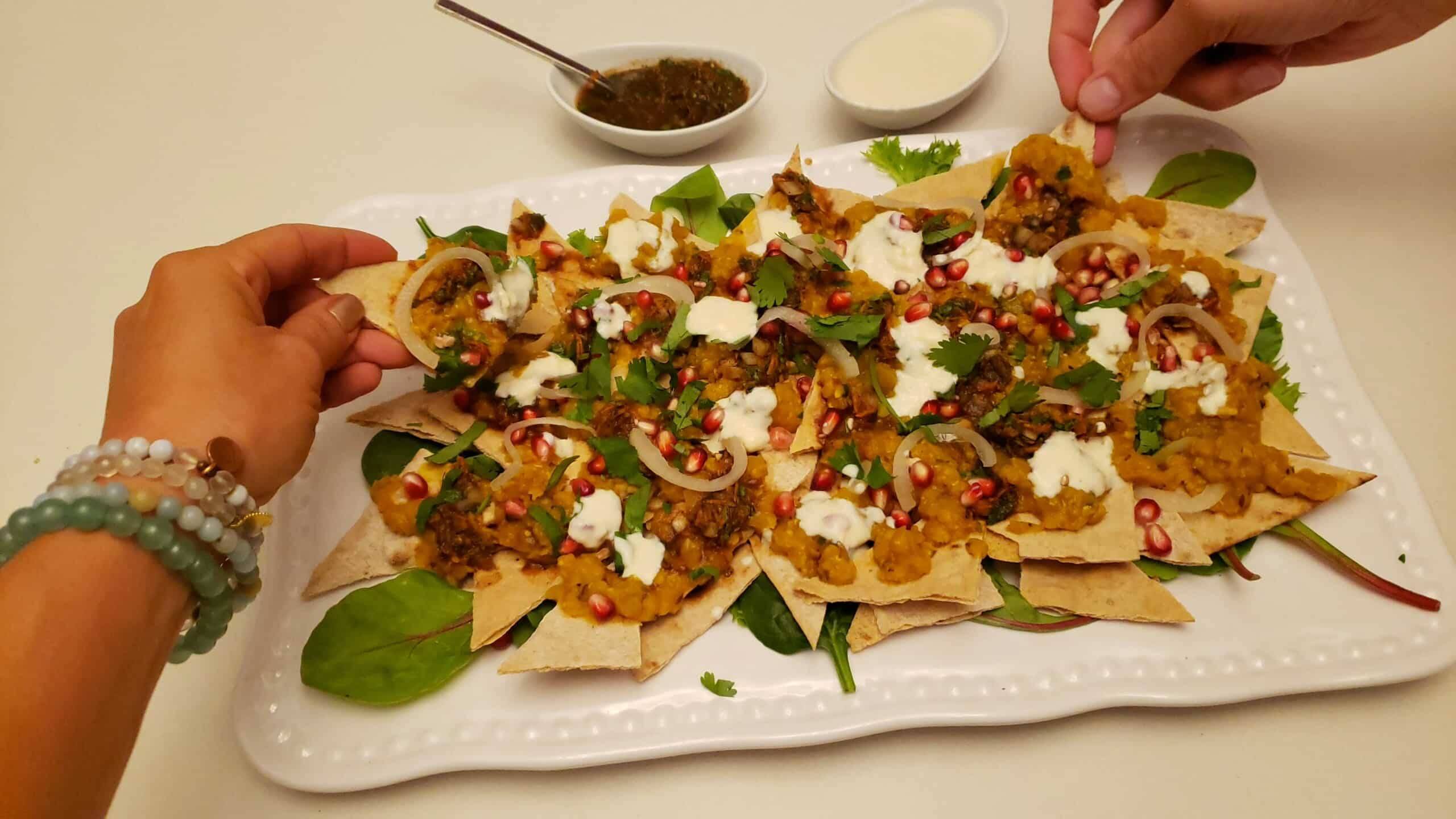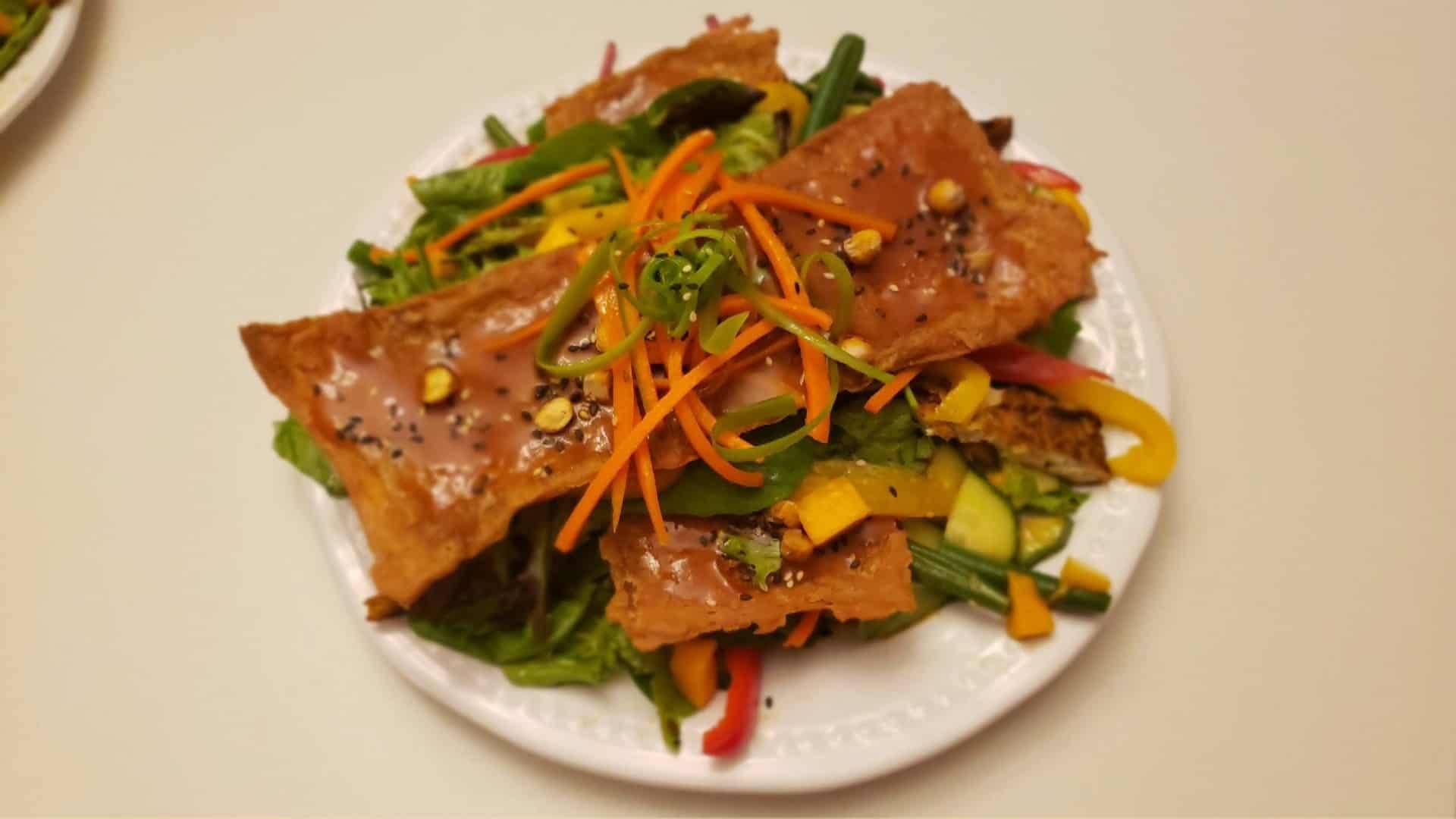Protective Diet Class #305 Notes:
This class supports you in growing protective sprouts—Nature’s multivitamins—from the convenience of your pantry, with the best methods for seed sprouting, organic seed sources, and easy ways to incorporate this functional food into your meals.
Announcements
- Engage in our official support group, Protective Diet Living (PDL). Join Live Chats & Coaching Hour for personal assistance.
- Shop www.protectivediet.com/bulk, an independent source for low-cost, high-quality PD staples in bulk.
- Need inspiration? Check out Kristie Jean’s testimonial and celebrate her second chance at life on a Protective Diet.
Vocabulary
| Sprouts | Pantry Stocking | Functional Food | Chlorophyll | Oxidative Stress | Myrosinase |
| Microgreens | Winter Gardening | Food Security | Sulforaphane | Lectins | Glucoraphanin |
Action Steps for Winter Gardening
- Awaken the Protective Power of Sprouts
- Convenient—sprouts offer a pantry-handy variety of fresh, green crunch for winter food security. They don’t require any growing medium, take up very little space, grow indoors without sunlight, and are ready for harvest in a week or less.
- Magnified Nutritional Quality—sprouting increases the plant’s enzymes, phytochemicals, protein, and vitamins (C, E, A, B).
- Smaller Bulk—one tiny sprouted seed contains all the protective phytochemicals and vitamins of the full-grown vegetable. You can get the highest concentration of nutrition available in a few bites instead of a heaping plateful.
| 1 cup of broccoli sprouts = 25 cups of mature broccoli |
- Easy Digestion—sprouts are sweeter and easier to digest than microgreens.
- Functional Food—sprouts are a superfood—the pops of protective phytochemicals found in sprouts assist in preventing disease and detoxifying oxidative stress. Sprouts easily combat aging, sun damage, and daily exposure to: pollution, dioxins, and chemicals (in cleaning products, air fresheners, sanitizers, & cosmetics). Sprouts flush toxins out of our system.
- Sulforaphane—garnishing meals with cruciferous sprouts will add the enzymes needed to produce sulforaphane which detoxifies the liver and prevents cancer tumor growth and neurodegenerative diseases such as Parkinson’s and Alzheimer’s.
- Chlorophyll—sprouts green up quickly when exposed to sunlight. Chlorophyll, the green pigment in plants, detoxifies the skin, eliminates body odor, is anti-inflammatory, and has antioxidant & cancer-fighting benefits.
- Don’t Fear Lectins
- Lectins are a protective enzyme inhibitor present in the seed coat of grain, legume, and fruit seeds.
- Their protective purpose for the plant is to stop the seed from sprouting inside the digestive tract of animals that eat it, giving seeds a chance to be dispersed and “planted” in droppings where they can grow and reproduce.
- Soaking seeds activates germination. Sprouting or cooking seeds substantially lowers the lectin count in the seed coat.
- Lectins can cause an inflammatory response and digestive issues in some people, so sprouted wheat flour was developed.
- Doctors are pointing the finger at lectins causing the inflammation, but the true cause is a deficient gut microbiome.
- Lectins are high fiber, plant proteins. They are super protective and cancer fighting. In colon cancer studies, they not only protected against cellular change, they turned cancer cells back into healthy cells. We want lectins in our diet.
- Healthy gut microbes can ferment and digest plant fiber and proteins, like lectins, without a problem.
- When we are first starting out on a Protective Diet, our gut is populated with unhealthy, weak microbes due to eating processed foods, animal products, sugars, oils, chemicals and additives. We might struggle with food sensitivities.
- Leaky gut is the result of gaps in the gut lining (epithelium) that allow proteins to pass into the blood. Viruses enter the bloodstream through these gaps as well. A tightened epithelium protects us from pain, inflammation and disease.
- A Protective Diet can assist you in populating a thriving, healthy microbiome that can easily digest plant fiber and naturally produce the short-chained fatty acids needed to tighten up and repair the gut lining. You can be exposed to viruses and not be infected. You can digest plant fiber without experiencing pain and inflammation.

Quick Reference Sprouting Guide
| It’s Sprouting Time!Gather seeds, clean jars, sprouting lids, & a draining rack (for mung beans—a salad spinner & a dark location) | ||
| Evening Initial Soak: Measure seeds into a clean jar w/sprouting lid. Add water (allow room for swelling) and soak overnight. | ||
| Morning Drain/Rinse: Hold at an angle & drain completely. Prop at an angle on a rack for drainage/air flow all day. | ||
| Evening Drain/Rinse: Rewet seeds by rinsing and draining. Seed coats will continue to soften so sprouts can emerge. | ||
| Legume | – Start seeds in succession to prevent sprout overwhelm – Humid climates —use slightly less seeds, rinse 3-4x/day – Dry climates —follow the recipe, rinse 2x/day – Store mature sprouts in opened container in the fridge – Wheat berries sprout in 2 to 3 days—add to bread Special Instructions for Mung Beans: – initially soak for 24 hours to soften very hard seed coat – sprout in a salad spinner to keep them long & straight – sprout in the dark to keep them sweet, not bitter – to remove hulls, fill w/water & scoop out mature sprouts UPDATE: sprout towers may cause seed rot Will NOT Sprout: – old seeds, split peas, red lentils, rice, oat groats, quinoa – kidney beans are not safe for raw eating—do not sprout | |
| French Green Lentils | 3 to 7 days | Put in sunny window to maximize Chlorophyll |
| Red Clover | 4 to 7 days | |
| Green Peas | 4 to 7 days | |
| Alfalfa | 5 to 7 days | |
| Chickpeas | 5 to 7 days | |
| Mung Beans | 7 days | Keep in the dark |
| Cruciferous | ||
| Broccoli | 4 to 7 days | Do NOT sun to maximize Sulforaphane |
| Radish | 4 to 7 days | |
| Daikon Radish | 4 to 7 days | |
| Chinese Cabbage | 5 to 7 days |
Cooking Tips
- You can use any size jar for fermenting, but keep it small (1 quart or less) so it only takes one week to ferment.
- See the updated recipe for Regular Everyday Banana Split Muffins, which includes sprouted garbanzo beans as an option.
- Julie demonstrates the best way to chew Protective Gum for cancer-fighting frankincense oils straight from the source.(54:00)
WINTER GARDEN MEAL IDEA #1: Sprout and Kraut Sandwich
- Slather Quick Mix Horsey Sauce on Bread maker Whole Wheat Loaf Bread or inside Whole Wheat Pita Bread
- Layer or Stuff with Ruby Raw Kraut, Probiotic Pickled Onions, Tomatoes, and sprouts or a variety of sprouts
- If you don’t have sprouts, toss baby greens or chopped lettuce with Healthy Valley Ranch Dressing
- Drizzle with extra sauce, Probiotic Pepper Sauce
WINTER GARDEN MEAL IDEA #2: Miso Healthy Rice bowl with fruit and yogurt parfait
- Miso Healthy Rice surrounded by Dry Steamed Cabbage and Chop Suey Salad dressed with Asian Vinaigrette
- Pile high with fresh green pea sprouts, Ruby Raw Kraut, and Probiotic Pickled Onions
Encouragement
- We have over 600 awesomely protective recipes. All the protection in them is coordinated for you. You don’t have to worry about it. Just pick out what looks good, make it and eat it, and the miracle of healing is going to happen.
“One tiny sprout is bursting with nutrition and protection. They are an awesome crunchy addition to salads, sandwiches, pasta, and rice dishes—whatever you want to garnish and add phytochemical protection to. When you don’t have anything fresh in the fridge, you always have sprouts in your pantry.”
Recommended Recipes
Recommended Classes
This class supports you in growing protective sprouts—Nature’s multivitamins—from the convenience of your pantry, with the best methods for seed sprouting, organic seed sources, and easy ways to incorporate this functional food into your meals.
Class URL: https://protectivediet.com/courses/protective-diet-education/lessons/class-305-protective-sprouts/







Responses